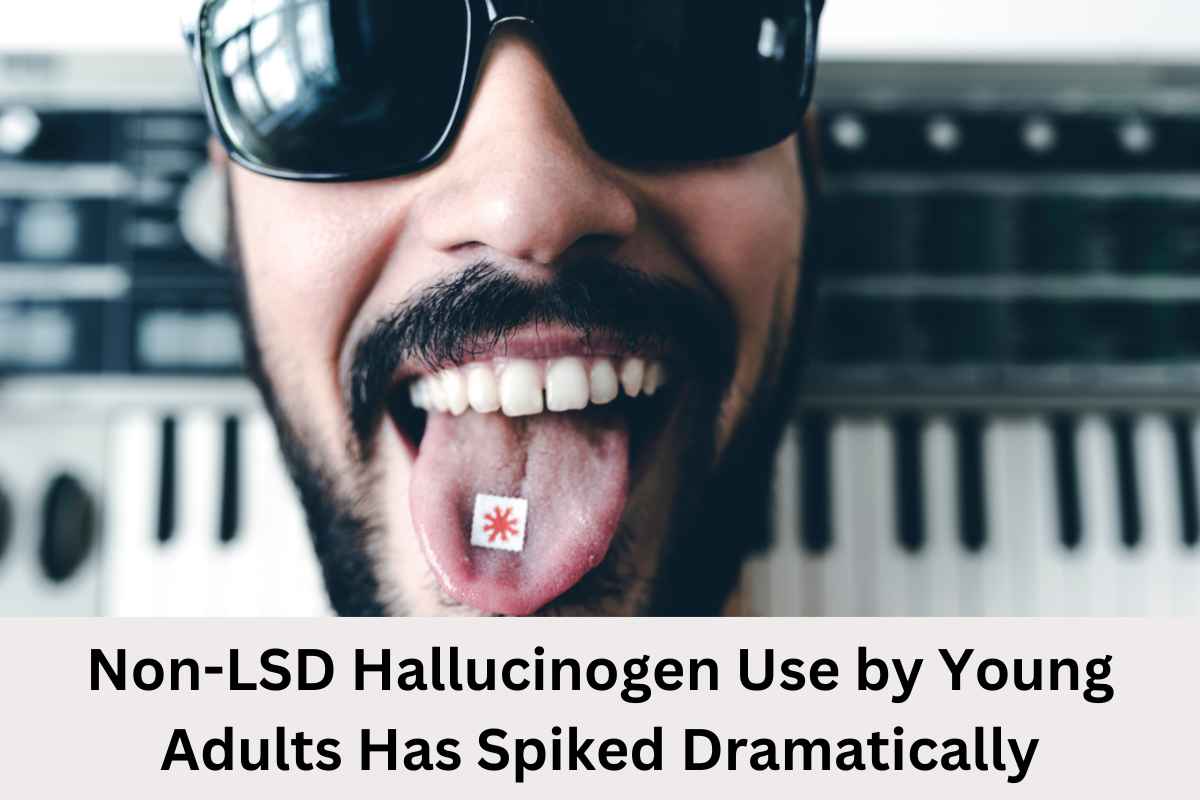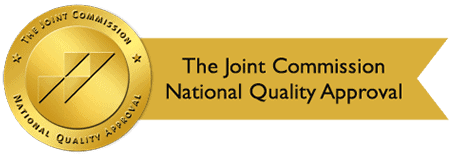By: Design for Change
Categories:
Non-LSD Hallucinogen Use by Young Adults Has Spiked Dramatically
You are here:The use of hallucinogens by young adults doubled over the past decade but spiked dramatically from 2018 to 2023. Surprisingly, the increase does not include LSD, which is the most commonly used hallucinogen. As a result of the increase in non-LSD hallucinogens use, the related substance use and mental health disorders are also on the rise.
Unfortunately, many young adults mistakenly believe that non-LSD hallucinogens are not addictive. They think the drugs provide therapeutic benefits and use them recreationally. They may use these drugs to escape their problems, enhance their senses, and experience hallucinations. Regardless of the reasons, repeated use of hallucinogens can lead to psychological addiction.
What Are Non-LSD Hallucinogens?
Hallucinogens are also known as psychedelic drugs, meaning they alter a person’s perception of reality. The drugs also distort the user’s sense of smell, taste, hearing, and sight.
Many hallucinogens come from plants, while others are man-made synthetic substances. The two types of hallucinogens include classic drugs and dissociative drugs. The most popular non-LSD hallucinogens are:
- Psilocybin – Psilocybin is a hallucinogenic substance found in certain types of mushrooms.
- Mescaline – Also known as peyote, is a substance found in certain types of cactus.
- Phencyclidine – Also known as PCP or Angel Dust, it is a synthetic dissociative drug.
- Ecstasy – Also known as MDMA, it is a synthetic stimulant and hallucinogen.
While non-LSD hallucinogen use is not as widespread as other drugs or alcohol, the recent increase in hallucinogen use is alarming. PCP and magic mushroom use escalated from 3.4 percent in 2018 to 6.6 percent in 2021.
Risks Associated With Non-LSD Hallucinogens
The use of non-LSD hallucinogens can lead to several health risks and increases the risk of substance use disorders. The drugs may also lead to mental health issues, self-harm, and anxiety. The drugs create changes in the brain that increase impulsivity and lead to depression, a sense of hopelessness, and other issues.
Studies show that people who use non-LSD hallucinogens are more likely to struggle with low self-esteem, and PTSD, and have suicidal ideations.
Common Side Effects of Hallucinogen Use
The side effects of non-LSD hallucinogen use vary from person to person. The effects may also differ between each use. Some things that affect how the drugs affect a person include the type of drug, the dosage, the person’s age, sex, environment, mental health, and mood.
Physical Side Effects
- Nausea, abdominal pain, diarrhea
- Dizziness, headache
- Tremors
- Lower or faster heart rate
- Respiratory problems
- Sensation of floating
- Loss of coordination
- Inability to feel pain
- Heart arrhythmias, kidney failure, seizures, death
Mental and Emotional Side Effects
- Intense emotions such as fear or bliss
- Reduced inhibition
- Sensation of superhuman strength
- Panic attacks, paranoia
- Confusion
- Altered mood and thoughts
- Sense of dissociation or detachment
- Aggression or violence
- Hallucinations, visions, changes in perception of reality
Non-LSD hallucinogens can be psychologically addictive meaning a person’s mind is dependent on the drug. The individual is unable to control their use of the substance and needs it to get through the day. When a person stops using non-LSD hallucinogens they will experience various withdrawal symptoms such as:
- Feeling anxious, uneasy, or fearful
- Feelings of being stirred up, excited, tense, or irritable
- Hallucinations
- Twitching muscles
- Weight loss
- Increased body temperature
- Seizures
Some people who use non-LSD hallucinogens experience a phenomenon called a “bad trip.” When this happens, the person hallucinates their worst fears instead of pleasant things. They may see frightening images of things like demons or murders.
Because non-LSD hallucinogens can be psychologically addictive, professional addiction treatment is needed to help a person quit using the substances.
Treatment for Non-LSD Hallucinogen Use at Design for Change Recovery
Effective addiction treatment must combine various therapies that address the physical and psychological aspects to promote whole-person healing. At Design for Change, we customize treatment plans that help clients understand the underlying reasons for their substance use. When a person learns to identify the causes and triggers of hallucinogen use issues, they can cultivate healthy coping skills to prevent relapsing.
Our evidence-based, full continuum of care includes outpatient, intensive outpatient, residential, intensive inpatient, or partial hospitalization programs. We work with clients to create a treatment approach that aligns with their unique situation. Our programs include a range of treatment options such as:
- Detoxification
- Cognitive-Behavioral Therapy
- Dialectical Behavioral Therapy
- Medication-Assisted Treatment
- Group and Individual Counseling
- Dual-Diagnosis Treatment
- Holistic Therapies
- Motivational Interviewing
- Psychodrama Therapy
- Bio-Sound Therapy
- Experiential Therapy
- Music and Art Therapy
- Mindfulness and Meditation
- Nutritional Education
- Relapse Prevention Strategies
- Family Therapy
- Aftercare Services
Design for Change is a fully licensed and accredited facility meaning we consistently meet the JCAHO standards for client care and safety. We are in-network with many major insurance companies to provide affordable treatment for our clients.
Contact our Lancaster, CA facility to learn more about our programs and begin your journey toward healing.
Sources:
medlineplus.gov – Substance Use – Phencyclidine (PCP)
nida.nih.gov/– Psychedelic and Dissociative Drugs
nida.nih.gov/– DrugFacts Hallucinogens – LSD, Peyote, Psilocybin, and PCP


